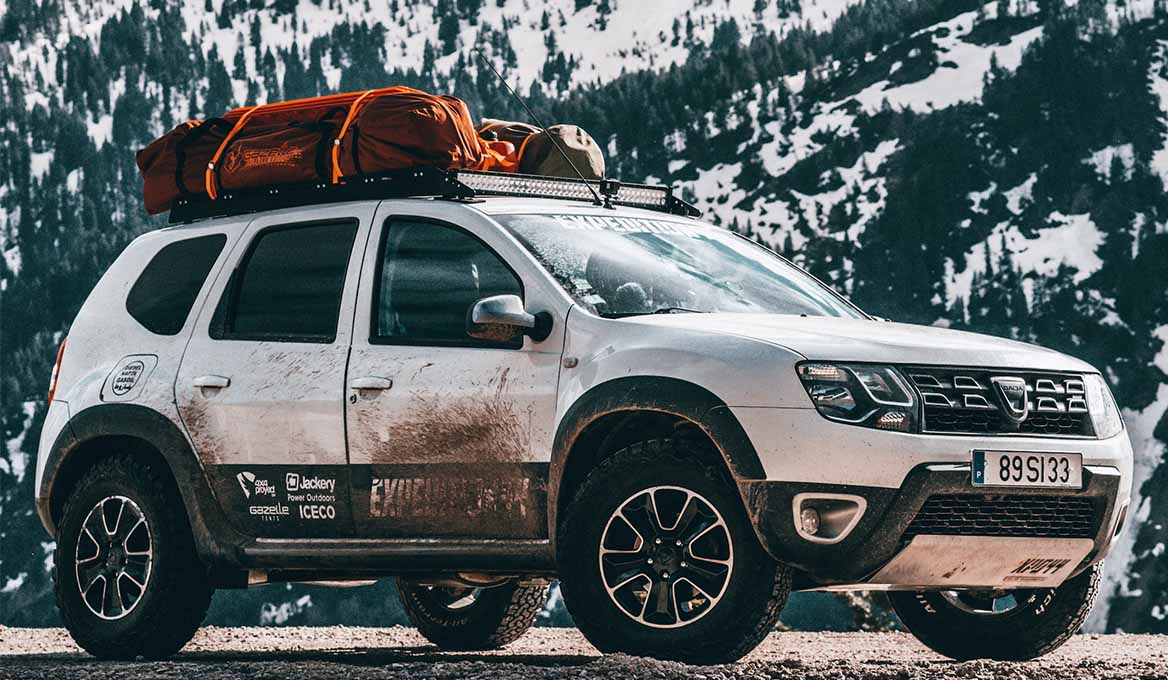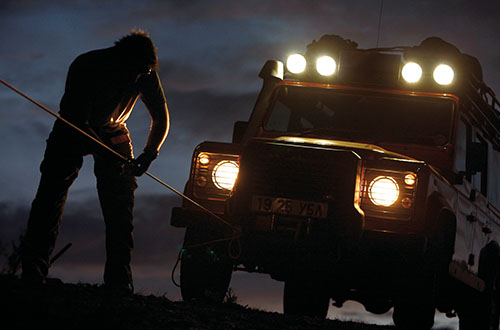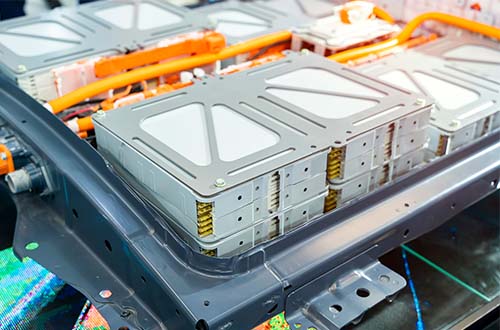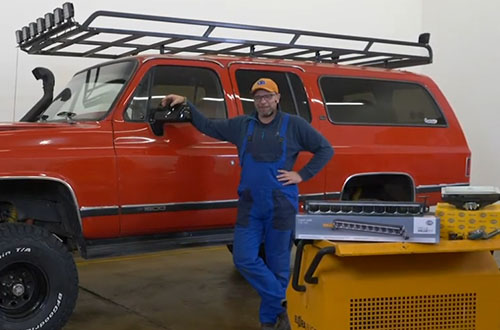
Fascination for off-roading: how to get started
Few sports are more multifaceted than off-road sports. Why? From adventurous trips in an upgraded off-road vehicle and visits to off-roading parks to tackling tough tracks like the Rubicon Trail and real rallies, those who feel at home off the beaten track are spoilt for choice. But what does it take to get into the off-roading sport?
Classics such as the Land Rover Defender, the Jeep Wrangler or the Mercedes-Benz G-Class can be used as a basis, but there are also quite suitable entry-level vehicles: "A very good alternative is the Grand Cherokee", says Nico. "It is suitable as a touring vehicle and can also cover difficult courses. Good examples are available for as little as 10,000 euros or less." SUVs, such as the Jeep Renegade and the Dacia Duster, are also suitable as alternatives for off-roading.
The Grand Cherokee is suitable as a touring vehicle and can also cover difficult courses. Photo: 4x4proyect, Carlos Casimiro
Nico says, "It is essential that the tyres are suitable for off-road use, both in terms of their size and tread. Low-profile, 20-inch tyres are not very suitable for off-roading. Nowadays, many good tyres are also approved for use in winter, so you can use them all year round." Off the beaten track, tyre pressure is extremely important. Here, the tyre must adapt to the stones. If the air pressure is too high, there is a risk of unnecessary tyre damage. "The air pressure of the tyres must match the vehicle and the weight", Nico knows. "There are no defined values in this context, you have to find them out for yourself through experience".
An underride guard in the engine area is also a good insurance policy. "The underside of the vehicle can always graze the ground. If a stone is placed in an awkward position, it can hit the oil sump."
On the contrary, Nico is not much of a fan of optical tuning, which is traditionally very popular. "Sure, the car should look nice, but 100-kilogram bullbars on the front of the vehicle are often not only unnecessary, but also a disaster for the driving dynamics. Just like a 40-kilogram toolbox placed on the roof", says Nico. Off-roaders should therefore do without unnecessary equipment. And, as a general rule, heavy equipment such as water tanks should be positioned centrally and as low as possible.
Another tip concerns the lighting: "It is worth taking a look at the situation with the lights when longer journeys or off-road routes are being planned in the dark, or even before this point. Older vehicles in particular can benefit greatly from targeted optimisation. Experts can help with selecting the right components such as retrofit lights or auxiliary headlamps and their light pattern."
"These are the basics that will get you well prepared to start", Nico sums up. "With this type of set-up, off-roaders can gain initial experience and then take the next step to improve performance and the vehicle's appearance."


